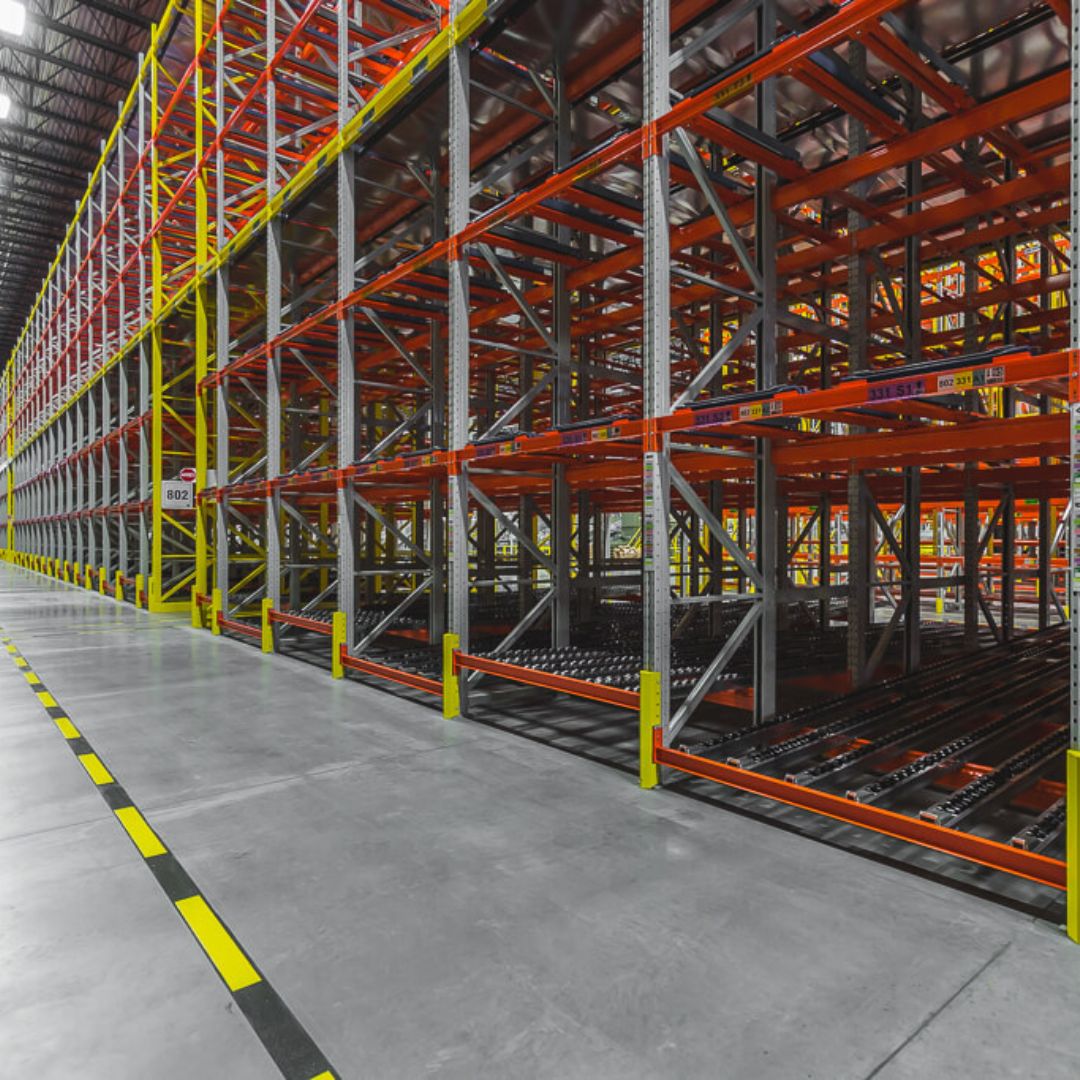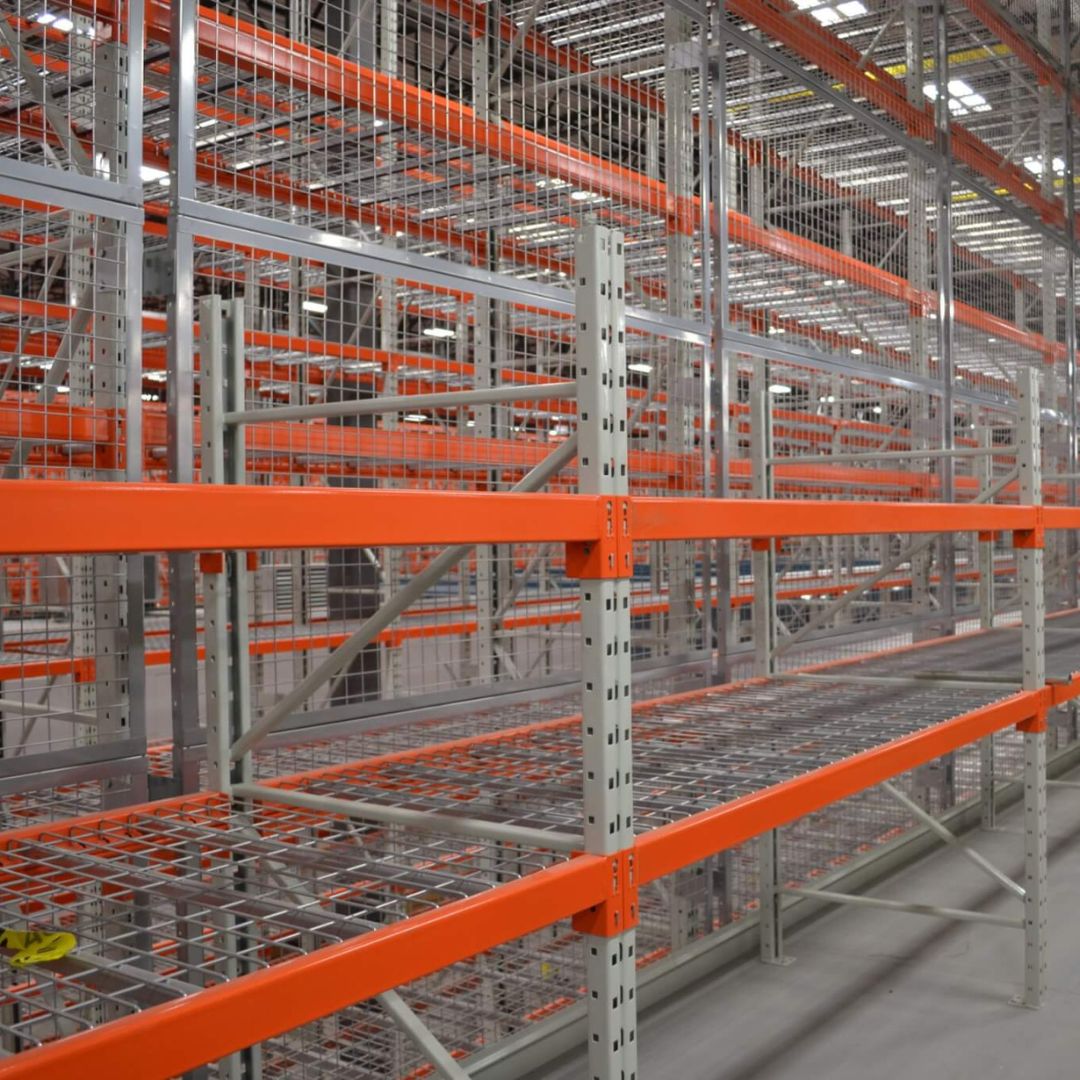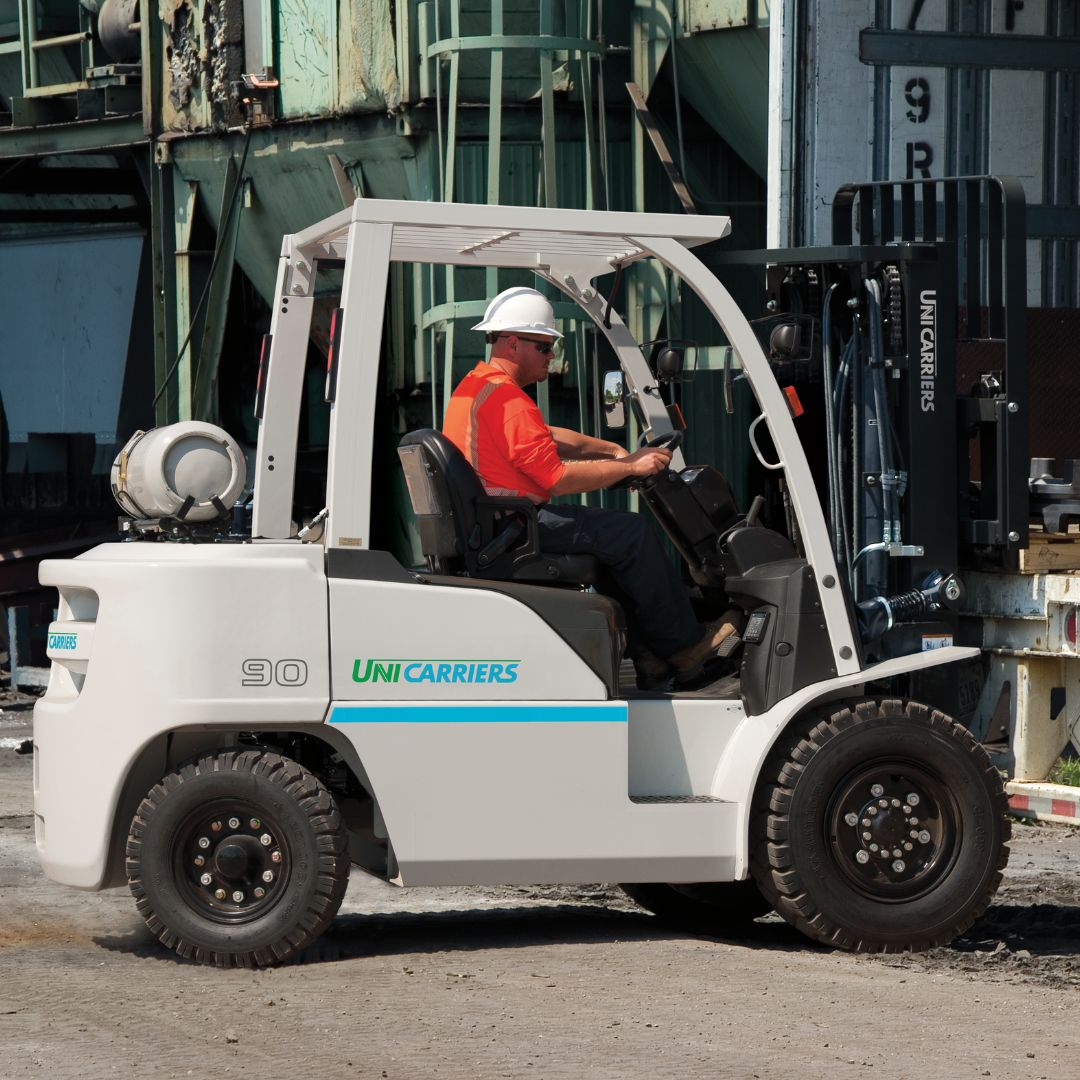Managing a warehouse efficiently is a challenge for any company that handles inventory. A well-designed warehouse system not only maximizes space, but also improves productivity, safety, and speed of operations. In this article, we share practical tips and concrete strategies for choosing, organizing, and optimizing your warehouse system.
1. Choosing the Right Type of Storage System
The choice of storage system depends on the size, weight, and turnover frequency of the products:
- Pallet racks: Ideal for heavy and bulky loads. They allow you to store large quantities while facilitating access with a forklift.
- Modular Shelves: Perfect for smaller products and flexible organization. You can adjust the shelves to suit your needs.
- Mezzanines: Take advantage of your warehouse's height and double the available space without expanding the building.
- Gravity systems (push-back, flow racks): optimize the storage of fast-moving products and enable efficient FIFO (First In, First Out) management.
EMU Tip: Always analyze your product flows before investing. A system that's tailored to your current needs but scalable for the future is often more cost-effective.
2. Organize by Product Frequency and Rotation
Internal organization is essential to save time and reduce errors:
- Place fast-moving products within easy reach to limit staff movement.
- Less frequently used items can be stored up high or in less accessible areas.
- Use the FIFO method for perishable or expiration-date products to avoid waste.
- Clear Labeling: Each location must be identified to speed up picking and replenishment.
3. Make the most of available height and space
- High shelving and mezzanines: maximize vertical space.
- Smart Aisles: Maintain sufficient passageways for forklifts and personnel.
- Buffer Zone: Provide space for entrances/exits and pallets in transit, improving flow.
4. Safety and Accessibility
An optimized warehouse is also a secure warehouse:
- Comply with local standards for storing and handling loads.
- Install shelf end guards and clear signage.
- Provide forklift-friendly aisles and safe circulation areas for personnel.
- Regular inspection: Check the condition of shelving and equipment to prevent accidents.
5. Digitization and Inventory Monitoring
Optimization also involves intelligent inventory management:
- Use warehouse management software (WMS) to track incoming and outgoing items.
- Analyze your flows to identify underutilized or congested areas.
- Digitization helps toreduce errors andspeed up order processing.
6. Invest in modular and scalable solutions
- Modular systems adapt to your business's growth.
- Plan a scalable system from the start to avoid redevelopment costs later.
EMU offers tailor-made solutions that combine flexibility, security, and sustainability to support your expansion.
Conclusion
Optimizing your warehouse storage isn't just about saving space. It's about maximizing efficiency, reducing risk, and preparing your business for growth.
With EMU, benefit from expert advice and modular solutions tailored to your needs.
Request a quote









